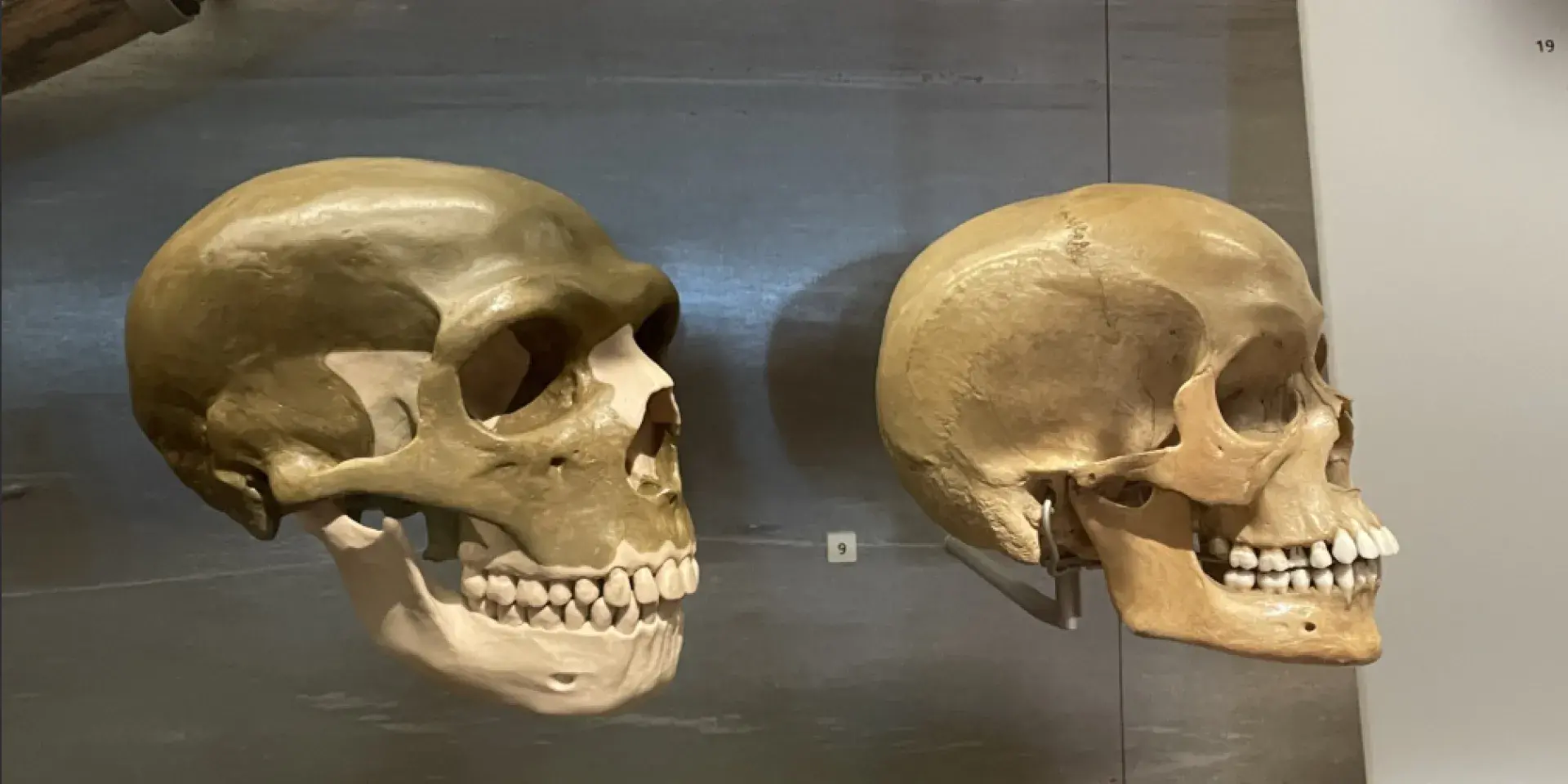The genetic changes identified have been linked to a gene involved in facial development in humans.
The changes were found in a region of DNA within the so-called dark genome – the underexplored 98 per cent of people’s DNA that doesn’t contain instructions for making proteins.
The findings shed light on how genetic variants in this area of the dark genome could influence modern human face shape, experts say.
Genetic switches
Once thought of as ‘junk’ DNA, experts now believe that the dark genome – or non-coding genome – has a crucial role to play in the body by controlling how, when and where genes are switched on or off.
Scientists previously discovered that the expression of a gene called SOX9 – known to play a role in facial development in humans – is reduced in patients with Pierre Robin sequence (PRS), leading to an underdeveloped lower jaw.
Patients with PRS have a section of DNA missing in the non-coding genome. This section of DNA, known as an enhancer, is responsible for switching on the SOX9 gene. When deleted, activity of the gene is altered, limiting jaw development.
Scientists from the University of Edinburgh looked at whether tweaking of the same enhancer switch could lead to altered jaw shape across evolutionary time.
Increased activity
The study used zebrafish models to explore how variations in DNA in the Neanderthal genome influence activity of the SOX9 enhancer switch.
Researchers identified three variants in the same region of the dark genome in Neanderthals which increased activity of the enhancer during crucial stages of facial development, compared with the human version.
This high level of enhancer activity was linked to a population of early developmental cells, called neural crest-derived progenitor cells, which play a crucial role in forming the skeletal structures of the face.
The findings highlight the important role changes to enhancers may have played in the evolutionary divergence between humans and Neanderthals, experts say.
The study, funded by the Medical Research Council, was published in the journal Development.


